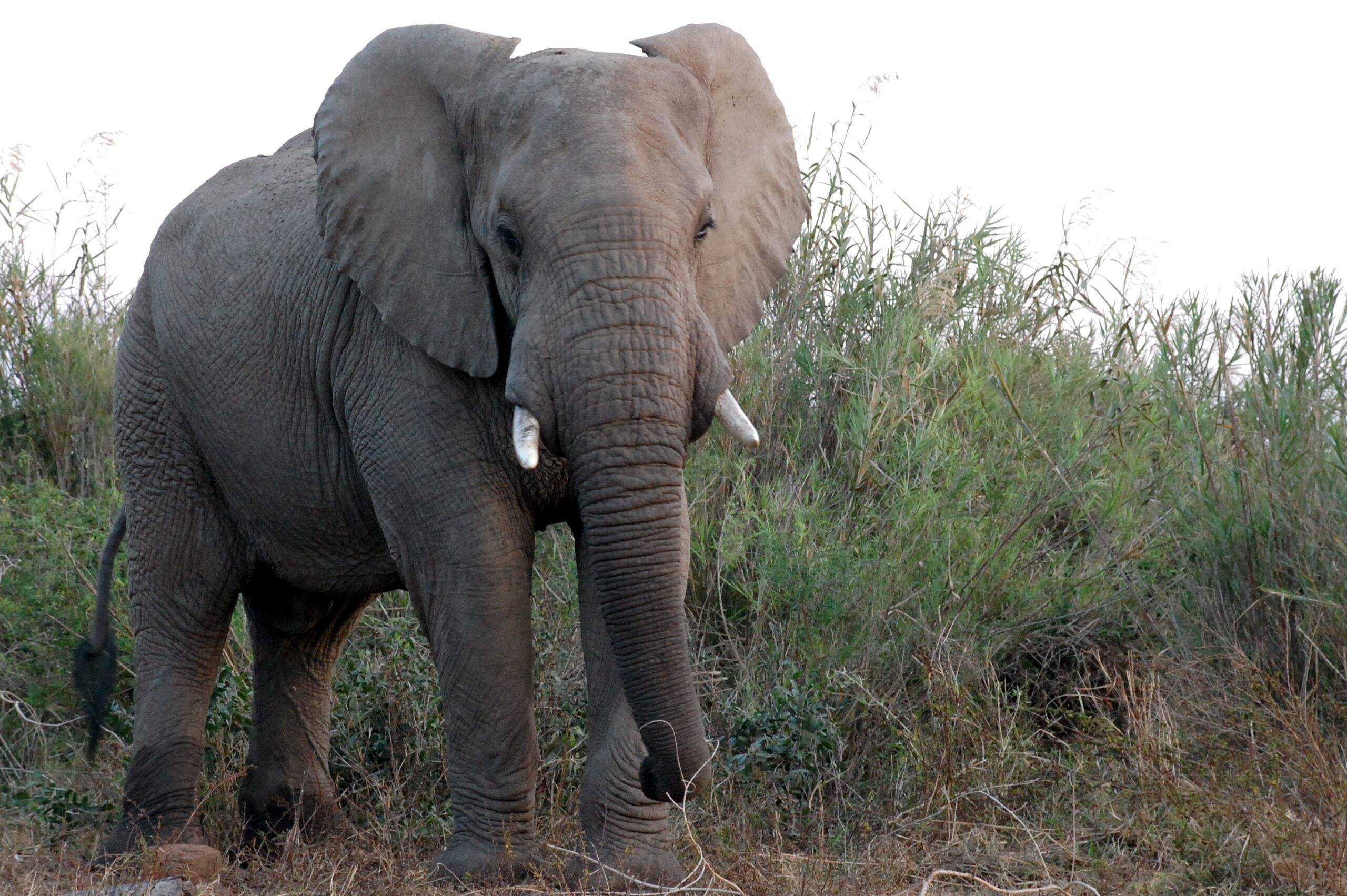A team of scientists dedicated nearly three years to unraveling the mystery behind a mass elephant die-off in Zimbabwe, and they have finally concluded their investigation.
Between August and September 2020, a total of 35 elephant carcasses were discovered across various safari areas and protected lands in Zimbabwe, with eleven of these majestic creatures perishing within a 24-hour period.
The research team initially ruled out deliberate poisoning, poaching, and drought conditions after conducting an in-depth study, as outlined in their report published in Nature Communications. No apparent signs of external trauma were evident on the deceased elephants.
Subsequently, the scientists turned their attention to internal examinations, collecting samples of brain, liver, and spleen tissue from 15 of the elephants. Their meticulous analysis revealed that six of these elephants had succumbed to an infection caused by a bacterium known as Bisgaard taxon 45.
Their ultimate finding was that the majority, if not all, of the elephants had succumbed to septicemia, a severe condition characterized by blood poisoning triggered by the bacterium.
“Although there was not culture or molecular evidence to confirm Bisgaard taxon 45 in more than six mortalities in Zimbabwe,” the study said, “the elephants examined were in good body condition and unlikely to have died of drought-related starvation or severe dehydration alone.”
According to scientists, the bacterium in question is not typically associated with fatal effects on African elephants. However, they are now observing a possible emerging trend of similar cases within elephant herds across Africa. Additionally, there have been documented instances of blood infections leading to the decline of elephant populations in Asia.
In their report, the authors suggest that climate change-related factors such as elevated temperatures, prolonged droughts, and increased population density may contribute to an increased prevalence of this bacterial transmission.
“It’s premature to say that climate change has influenced (this) but it may do so in future if we get more and prolonged droughts, or the rainfall patterns (change) and we have a much harsher dry season,” Dr. Chris Foggin, one of the study’s co-authors and a veterinarian at Victoria Falls Wildlife Trust,”I do think that if that is the case, then we are more likely to see this sort of mortality event occurring again.”
The 35 deaths in Zimbabwe also coincided with a mass die-off of elephants in Botswana in 2020. At least 350 elephants died within a three-month timespan, and researchers at the time concluded that blue-green algae contaminated local water sources and poisoned the elephants.



